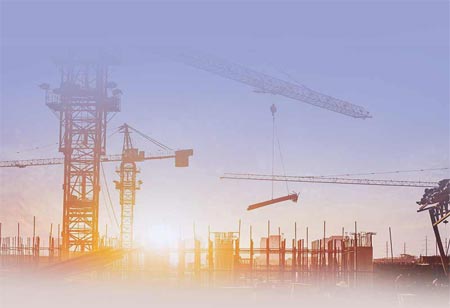Thank you for Subscribing to Construction Business Review Weekly Brief
Specials
- Apartment and Condominium Contractors Canada
- Decking Canada
- Architectural Glass Europe
- MEP APAC
- Construction Saudi Arabia
- German Apartment and Condominium Contractors
- Construction Law APAC
- Outdoor Construction
- Foundation Construction Canada
- MEP Canada
- Kitchen and Bath
- Cold Storage Construction APAC
- Precast Concrete Europe
- Construction Staffing Europe
- Pre-Construction Services
- Flooring System APAC
- Scaffolding Canada
- Swimming Pool Construction Canada
- Construction Management Canada
- Cold Storage Construction Canada
- Flooring Systems Europe
- Residential Construction
- Concrete Canada
- Construction Cladding Europe
- Construction Cladding APAC
- Concretes, Aggregates and Construction Materials APAC
- Concretes, Aggregates and Construction Materials Europe
- Commercial Contractors Europe
- Commercial Contractors APAC
- Dummy
- Construction Insulation, Coating and Waterproofing
- Construction Management APAC
- Landscaping Canada
- Construction Coating Europe
- Construction Tech Startups Europe
- Insulation Services Europe
- Mechanical Contractor Canada
- Mould Remediation and Testing Europe
- Swimming Pool Construction APAC
- Building Sealing Solutions Europe
- Construction Engineering Services
- Mechanical Electrical and Plumbing
- Roofing Systems Europe
- Architectural Glass APAC
- Startups APAC
- Construction Forensic and Owners Representative
- Flooring System
- Waterproofing APAC
- Wall Systems
- Safety and Compliance Europe
- Construction Bidding and Auctions
- Modular and Prefab Construction
- Architectural Glass
- Construction MENA
- Construction Demolition and Recycling Europe
- Modular Construction Europe
- Construction Interiors
- Steel Building APAC
- HVAC
- Doors and windows
- Construction Latam
- Building Information Modeling APAC
- Sustainable Construction APAC
- Building Restoration and Maintenance
- Commercial Contractors
- Specialty Construction
- Construction Engineering Canada
- Construction Engineering MENA
- Modular Construction Canada
- Modular Construction APAC
- Roofing and Siding Systems
- Workforce Management and Staffing
- Roofing Systems APAC
- Construction Consulting
- Steel Building Europe
- Construction Demolition and Recycling APAC
- Safety and Compliance APAC
- Concretes, Aggregates and Construction Materials
- Construction Cladding
Sustainability Through Building Envelope Design
In an era where environmental concerns and energy efficiency have taken center stage, the construction industry is transforming significantly

By
Construction Business Review | Monday, January 08, 2024
Stay ahead of the industry with exclusive feature stories on the top companies, expert insights and the latest news delivered straight to your inbox. Subscribe today.
Building envelope optimization is essential in advancing sustainability and energy efficiency.
FREMONT, CA: In an era where environmental concerns and energy efficiency have taken center stage, the construction industry is transforming significantly. Architects, engineers, and building owners are embracing innovative approaches to maximize energy efficiency and minimize the environmental footprint of buildings. One key area of focus in this transformation is building envelope optimization. The building envelope, which includes exterior walls, roofs, windows, doors, insulation, and other components, is the crucial barrier between the interior and exterior environments. By designing and constructing this envelope to minimize energy loss and maximize comfort, professionals in the construction industry are making significant strides toward sustainability.
In order to regulate heat transfer, air leakage, and moisture infiltration, the building envelope is essential. The need for excessive heating, cooling, and ventilation can be greatly decreased with a well-designed envelope, lowering energy consumption, utility costs, and carbon footprint. Reducing energy usage and its related environmental effects can be achieved through building envelope optimization.
Optimizing the building envelope starts with proper insulation. When of superior quality, insulating materials like spray foam or rigid foam can efficiently minimize heat gain in hot areas and prevent heat loss in colder ones.
Insulation must be installed continuously without any gaps to ensure maximum performance. The North American Insulation Manufacturers Association (NAIMA) reports that proper insulation can lead to up to 50 percent energy consumption reductions. This underscores the significance of insulation in energy-efficient building design.
Windows and doors are key areas of concern for heat loss and gain. Installing energy-efficient windows and doors with low-emissivity (low-E) coatings, multiple panes, and thermally broken frames can significantly enhance energy performance.





